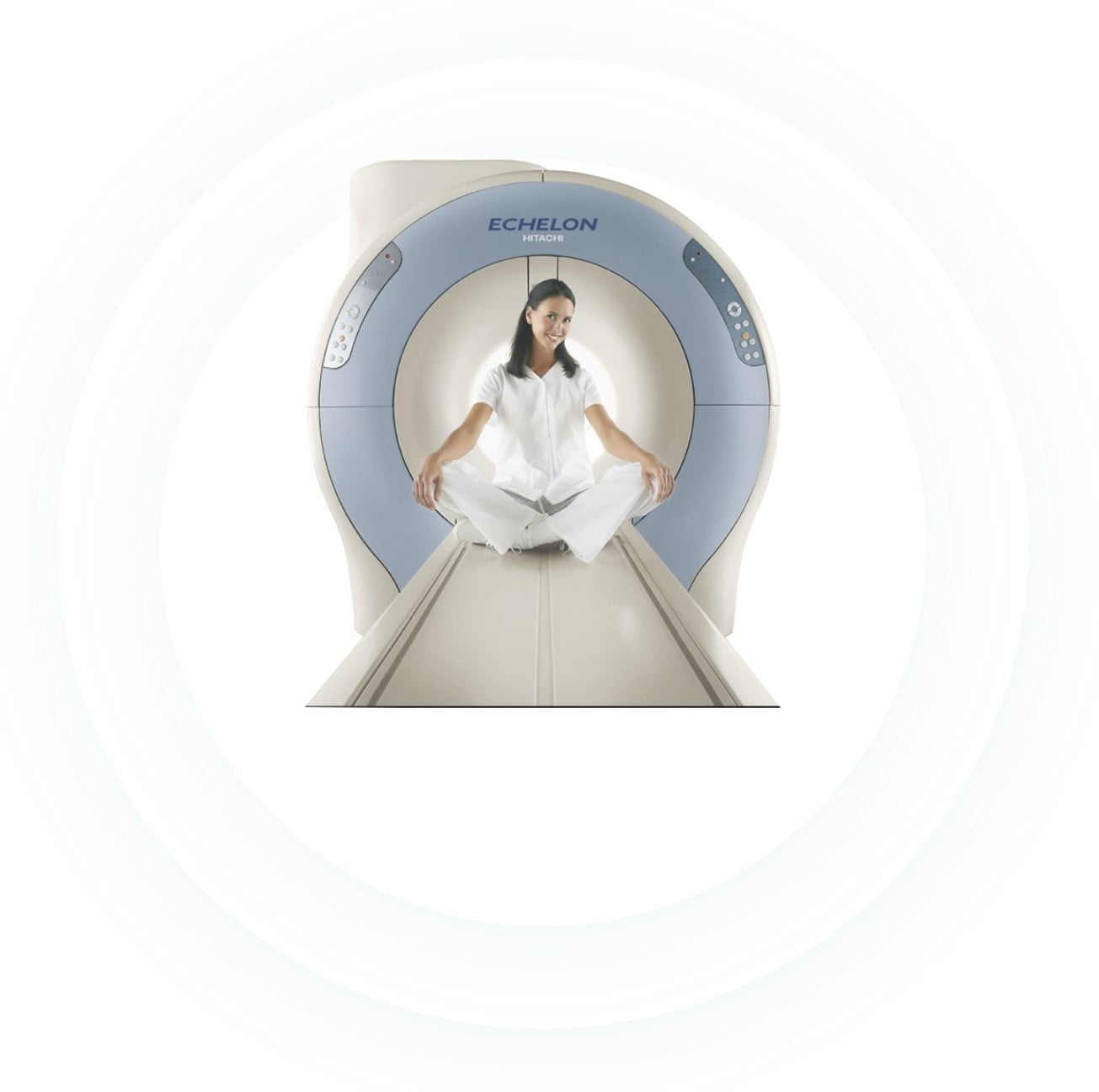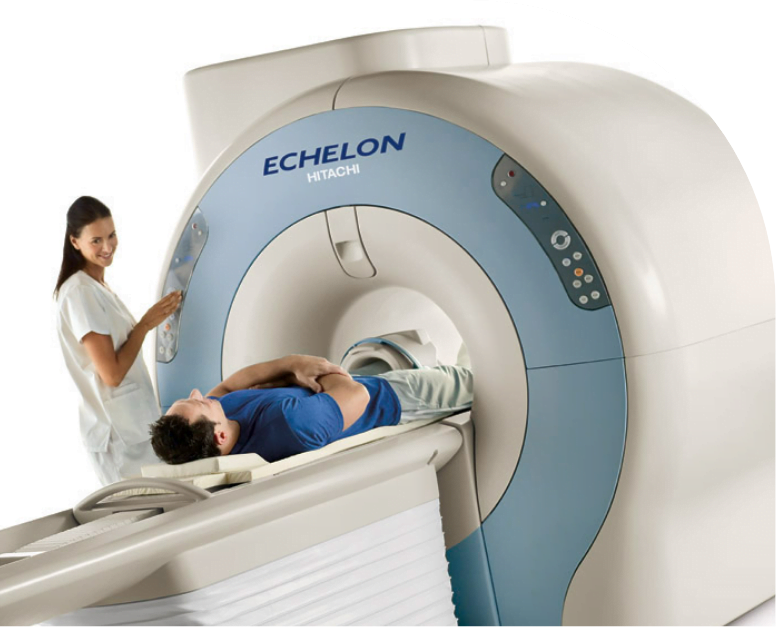With a prevalence of roughly 19.1%, wrist or hand pain (WP) is the third most prevalent work-related injury among adults (Costa et al., 2022). When evaluating patients with subacute or chronic wrist pain, wrist magnetic resonance imaging (MRI) is a crucial tool. The surgeon must ascertain the source and intensity of the pain in order to decide if surgery or conservative treatment is required (Matthews et al., 2019). There are several possibilities for which you might need to get a Wirst MRI done. A few of these are quite common and are classified as workplace injuries. Example include Carpel Tunnel Syndrome, De Quervain’s Tenosynovitis, Wrist Sprain or Strain, and Ganglion Cyst.

Firstly, efficient treatment planning makes it easier to create focused treatment regimens by offering comprehensive insights into the precise components causing wrist or ankle discomfort. MRI guidance can improvethe accuracy of minimally invasive operations, such as injections or nerve blocks, for disorders like carpal tunnel syndrome or ligament damage. Magnetic resonance imaging (MRI) is used to evaluate the results of wrist/ankle procedures, spot any complications, and make sure the wounds heal properly. Using the comprehensive anatomical data from MRIs, physical therapists can create specialized rehabilitation plans that target the individual problems causing wrist pain. Pain crisis in wrist joints is frequently investigated via radiographic imaging, such as X-ray. However, the sensitivity, specificity, and the diagnostic value for an MRI scan is much more vast and promising.
The cost of an ankle MRI in NYC varies depending on factors such as the use of contrast and your insurance coverage. Typically, prices range from $400 to $1,500, with our cost $450. Many facilities in NYC, like Manhattan MRI, accept most insurance plans, which can significantly reduce or even fully cover the cost of your ankle MRI.
When you arrive, a member of our helpful staff will walk you through a quick consultation to address any concerns and get a pertinent medical history. The interior structures of the wrist/ankle may be seen in great detail thanks to the MRI machine’s use of radio waves and a strong magnetic field. After the operation, which normally takes between thirty and forty-five minutes, our highly skilled radiologists precisely analyze the images to provide diagnostic information.

The diagnostic accuracy of an MRI facility, like Manhattan MRI, is often affected by elements like radiologists’ experience, imaging equipment quality, and adherence to industry best practices. Accuracy is a goal that medical facilities frequently pursue, and respectable facilities work with knowledgeable specialists to guarantee accurate diagnosis. If you’re thinking about utilizing Manhattan MRI for a wrist-related issue, getting in touch with the facility directly can provide you important details about their capabilities, staff qualifications, and patient satisfaction scores. In conclusion, Manhattan MRI is your one-stop destination for all pain-related and co-related states that indicate a wrist as well as an ankle MRI.